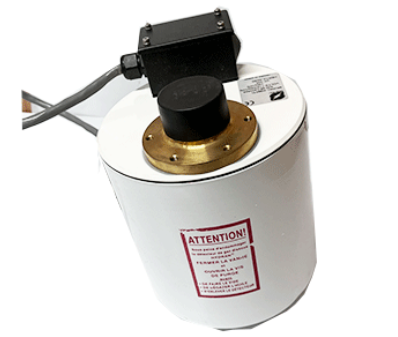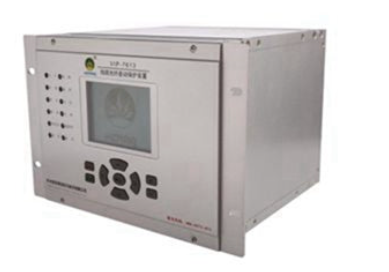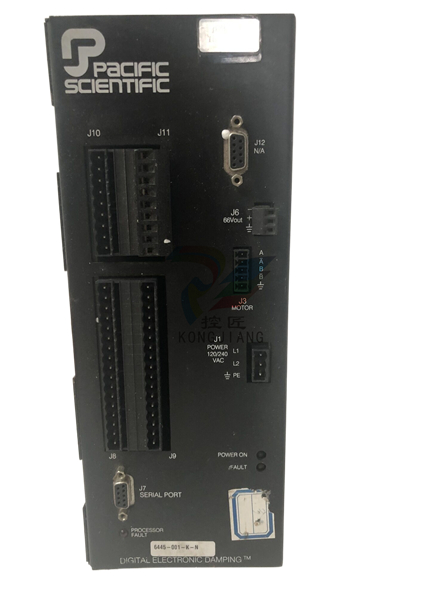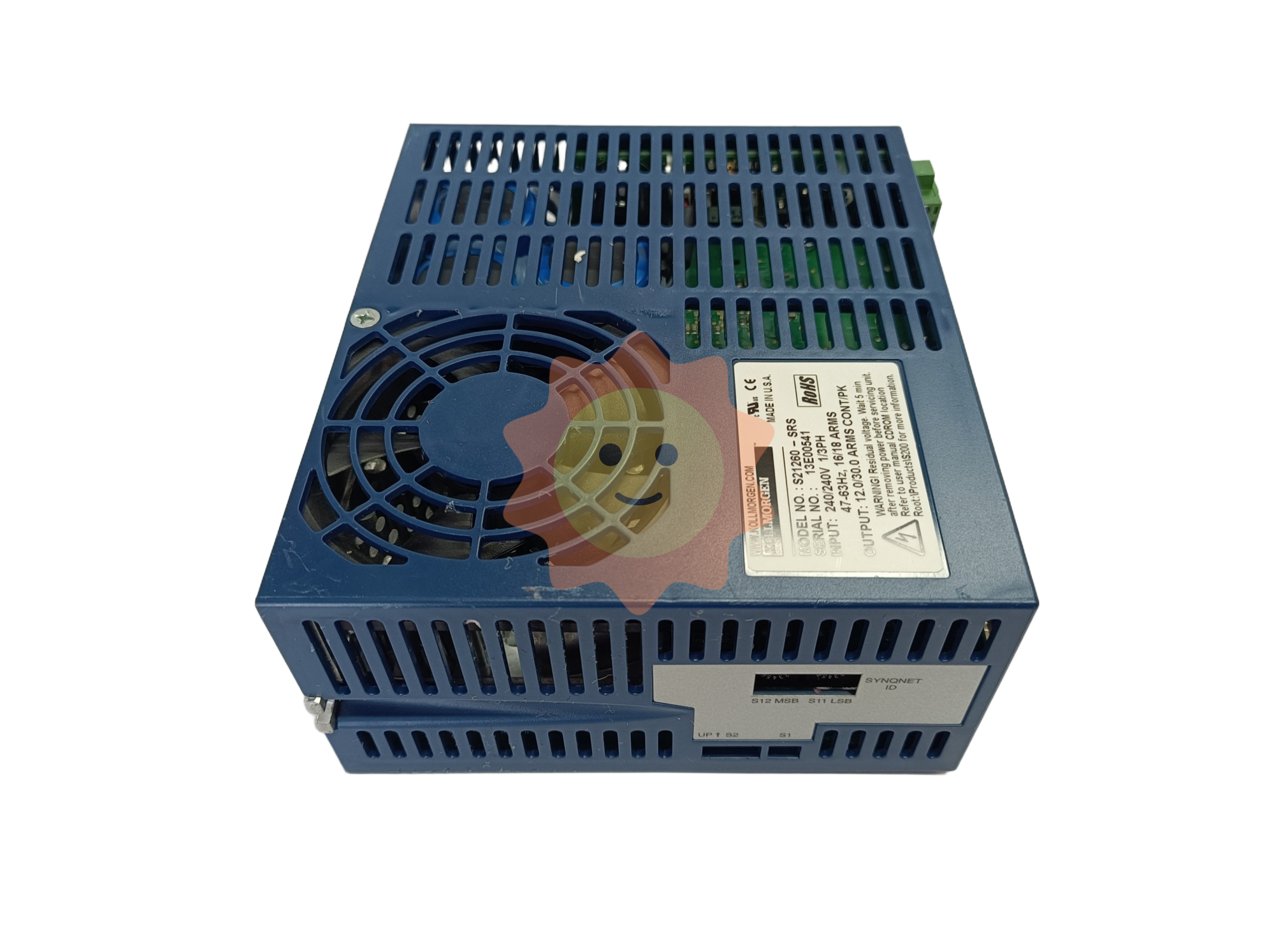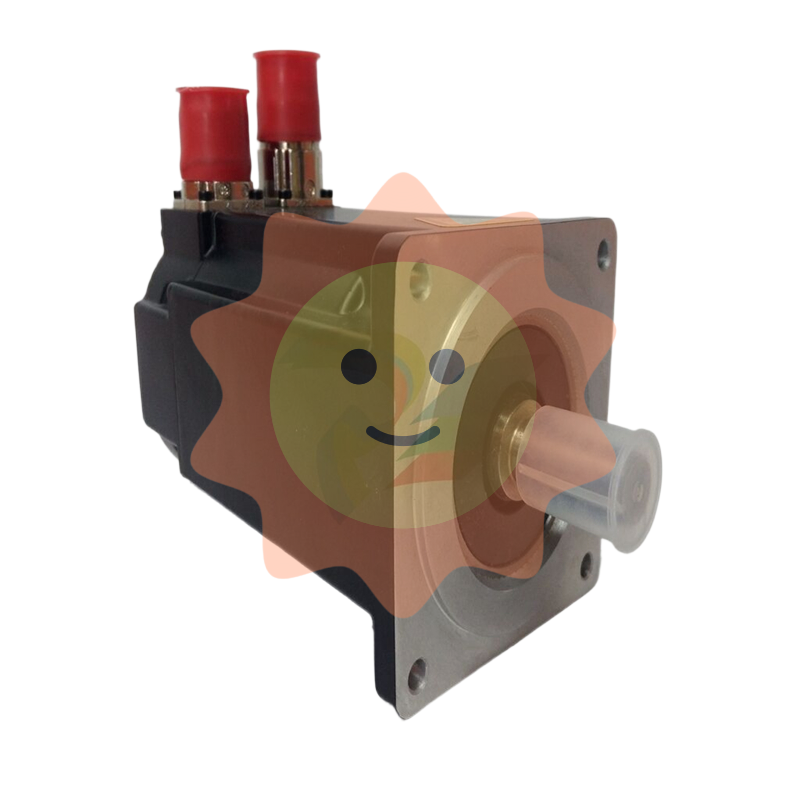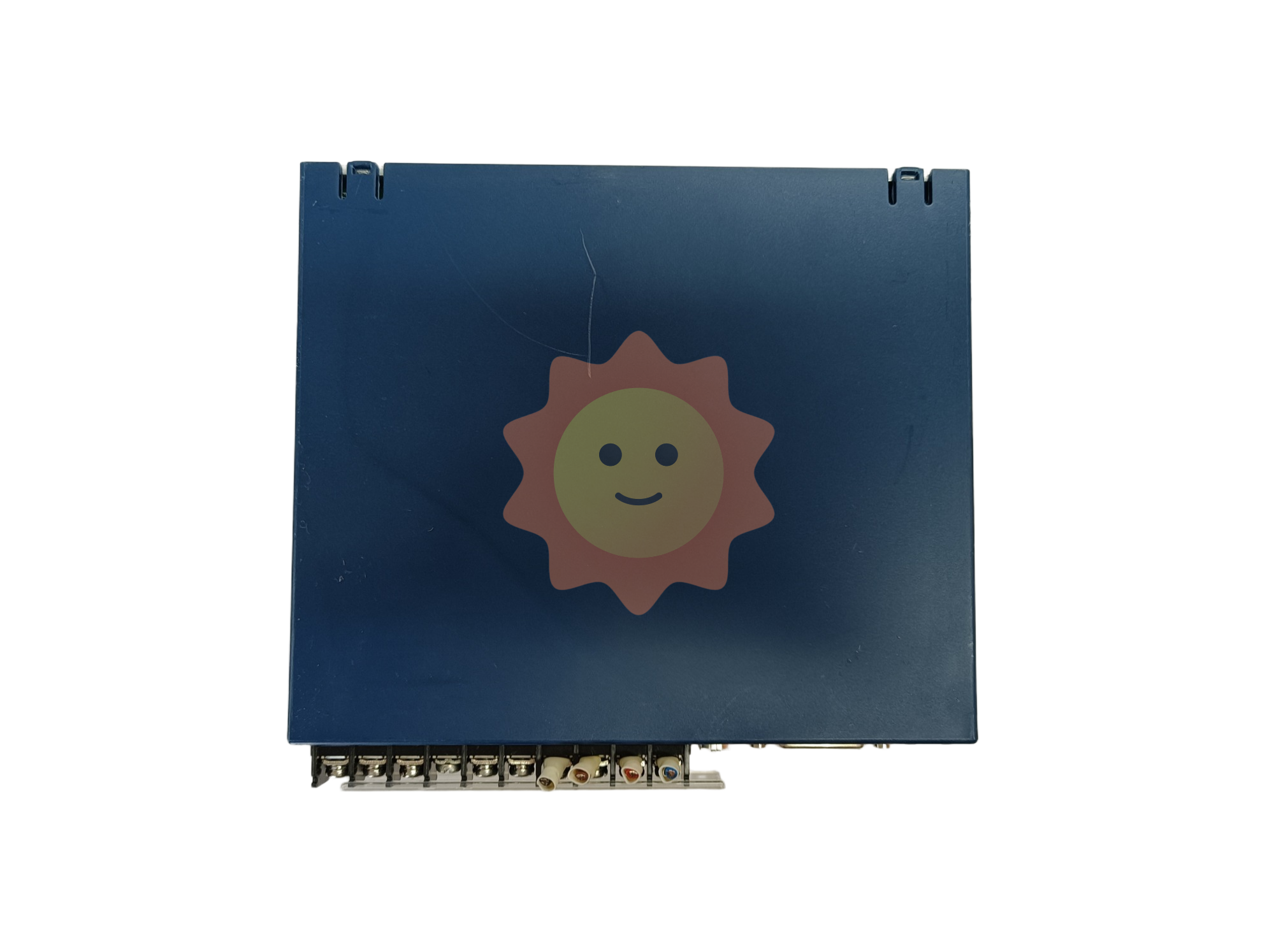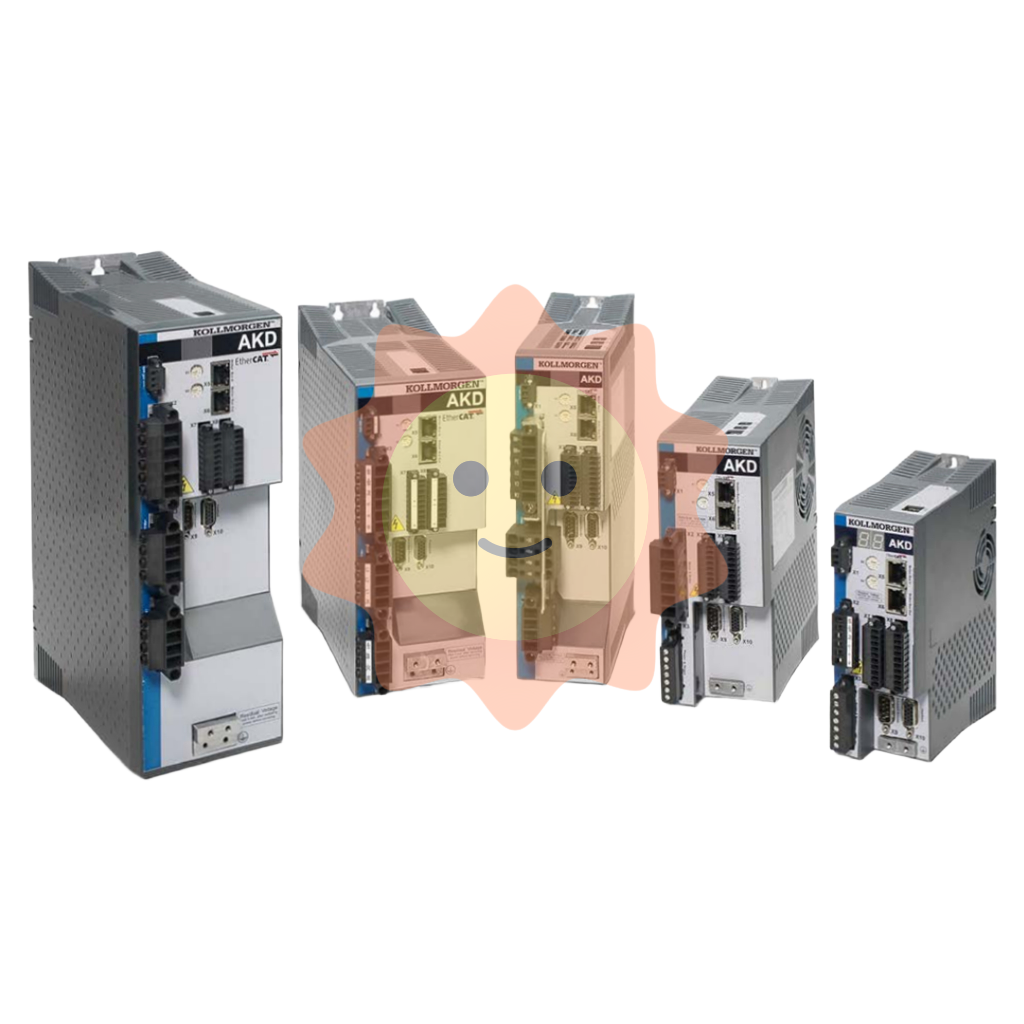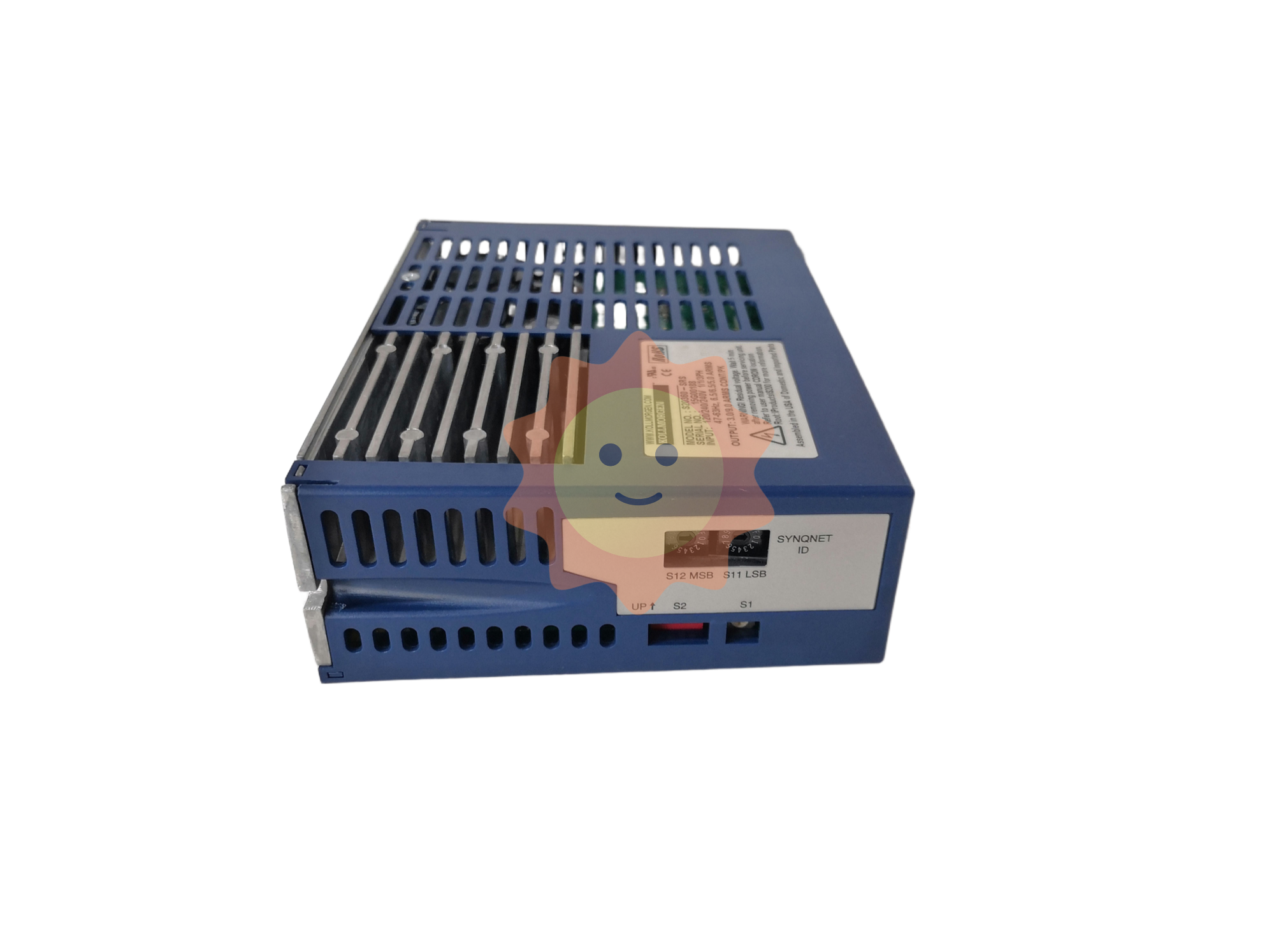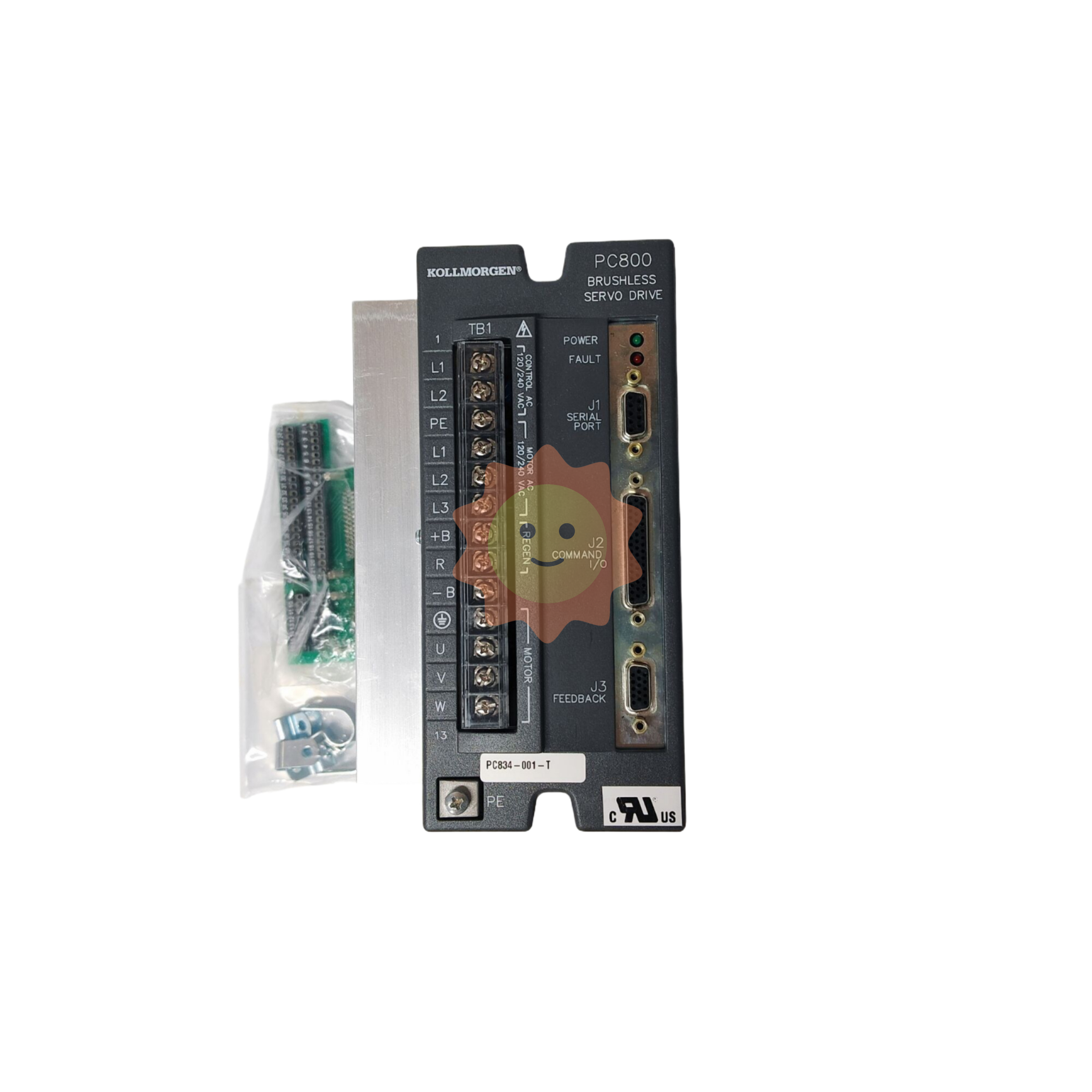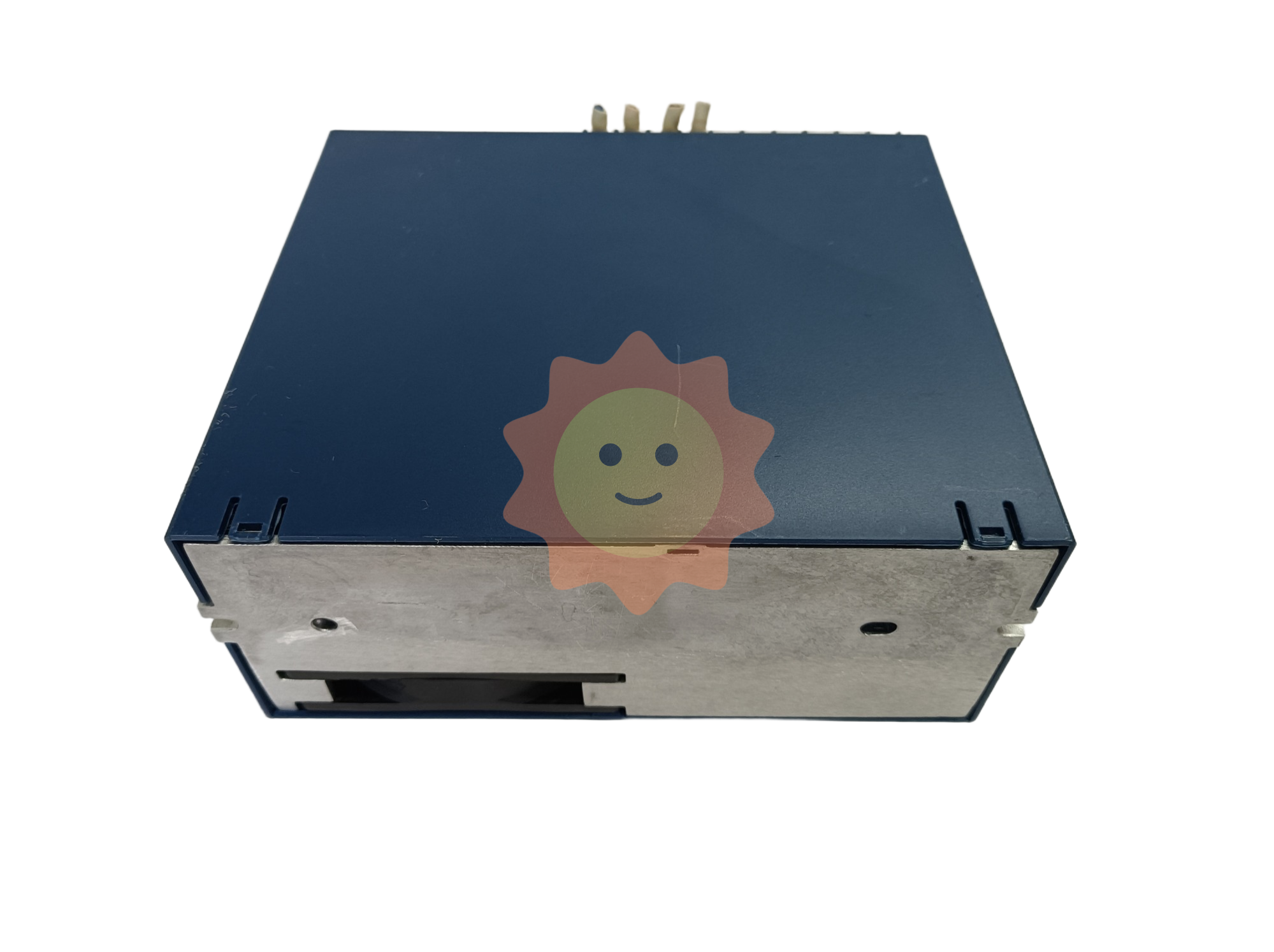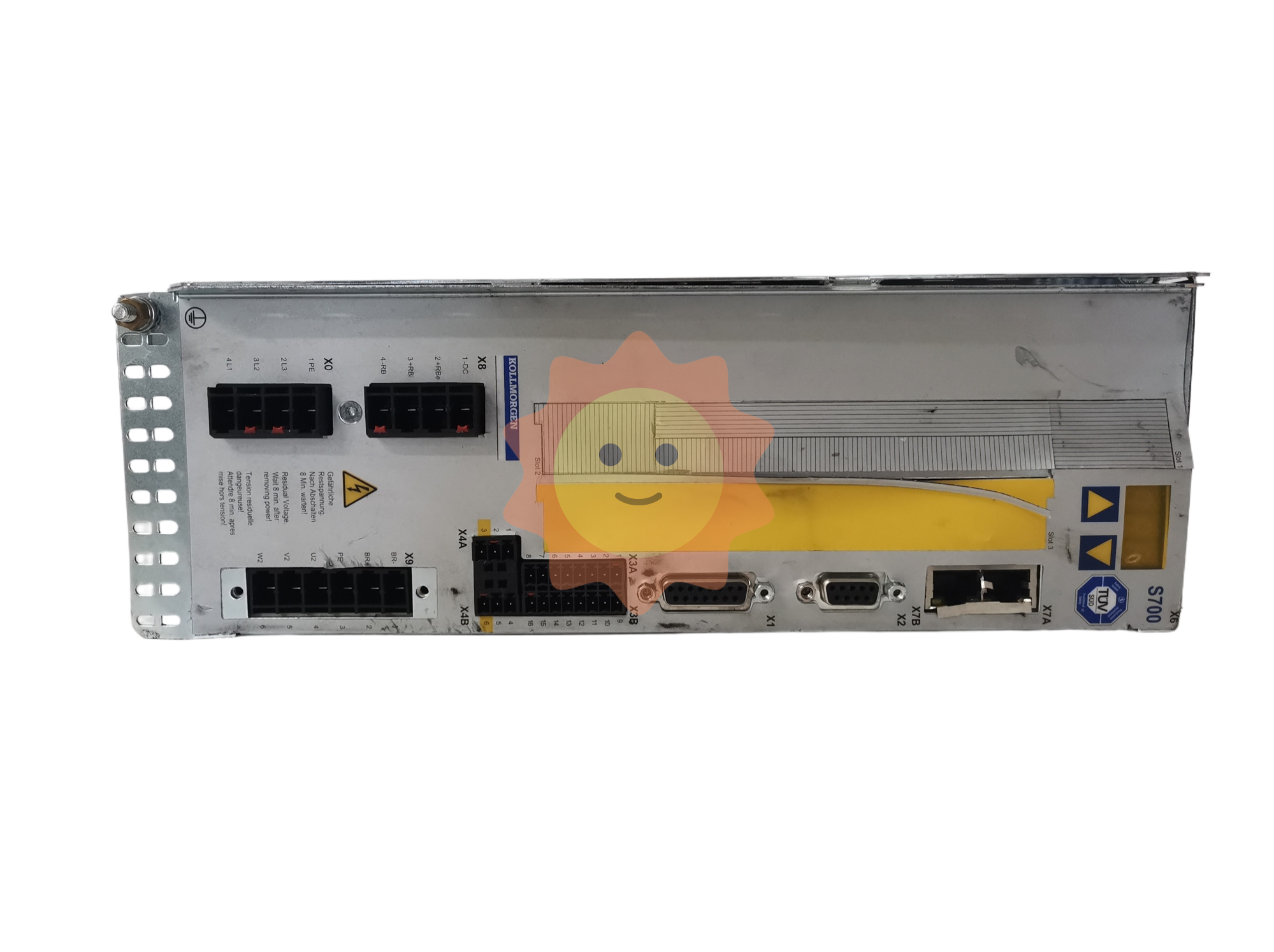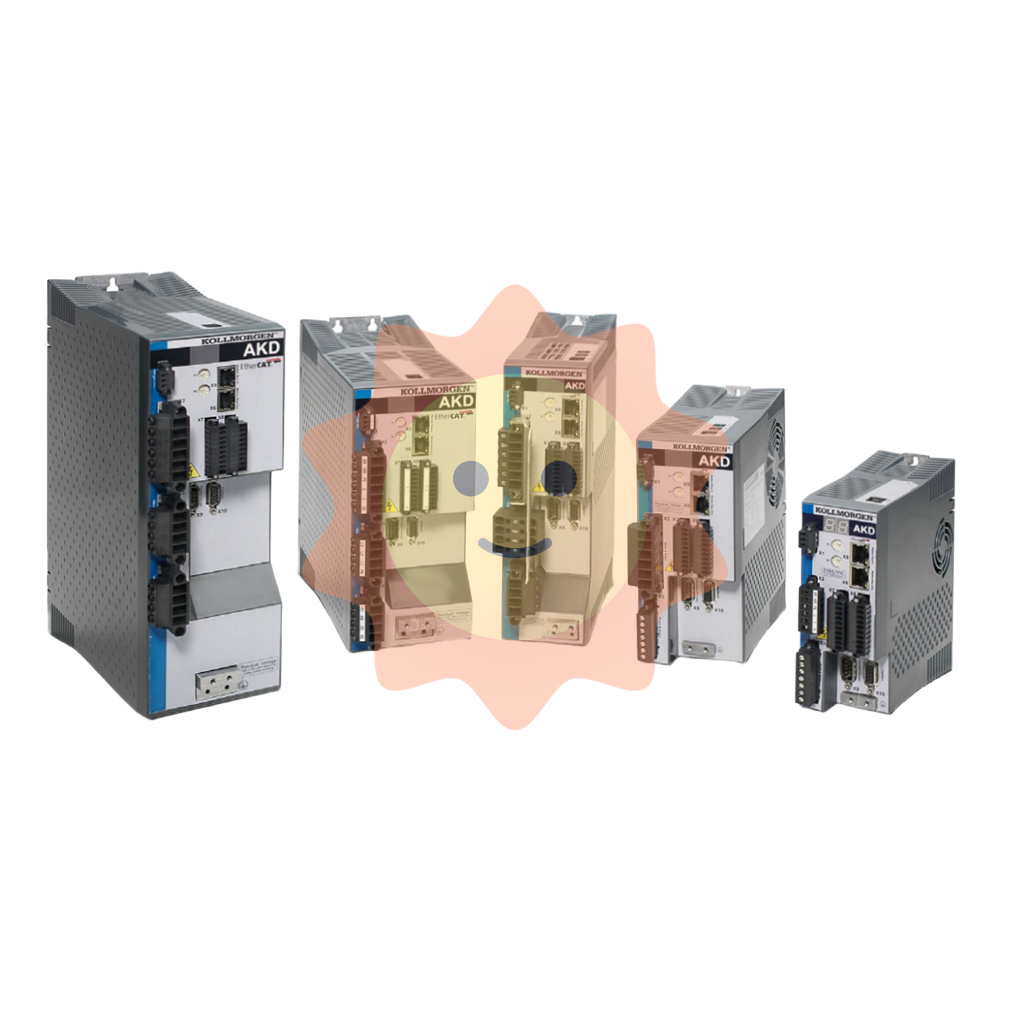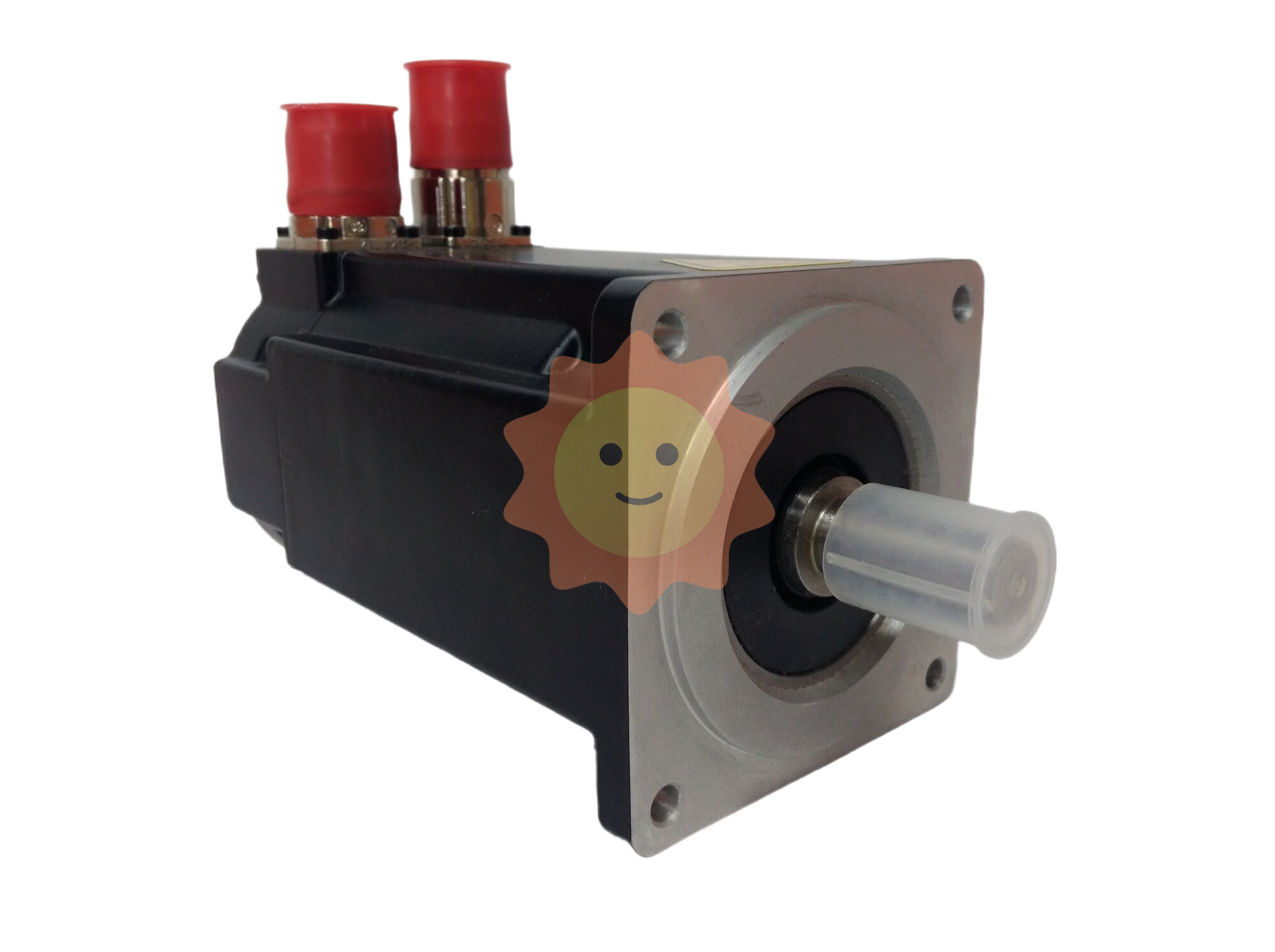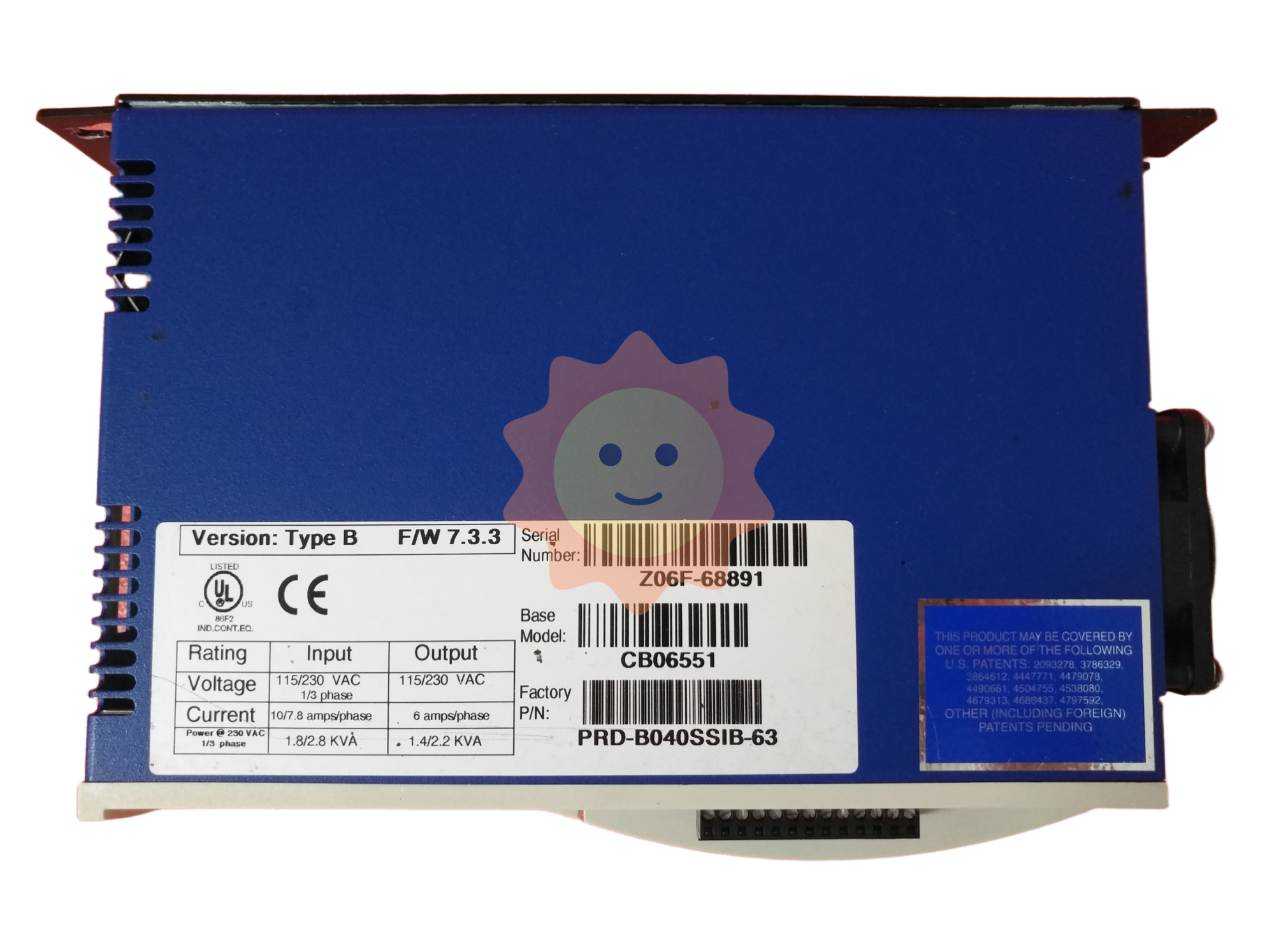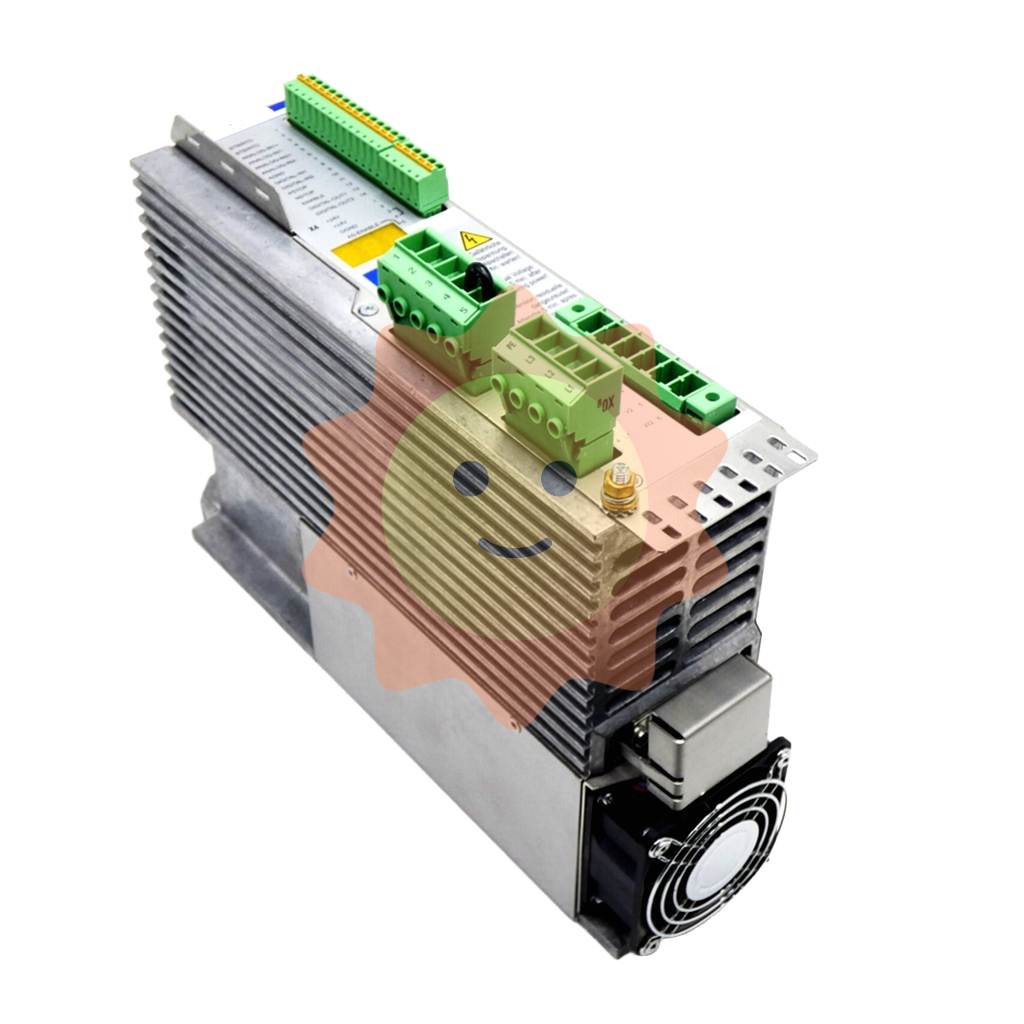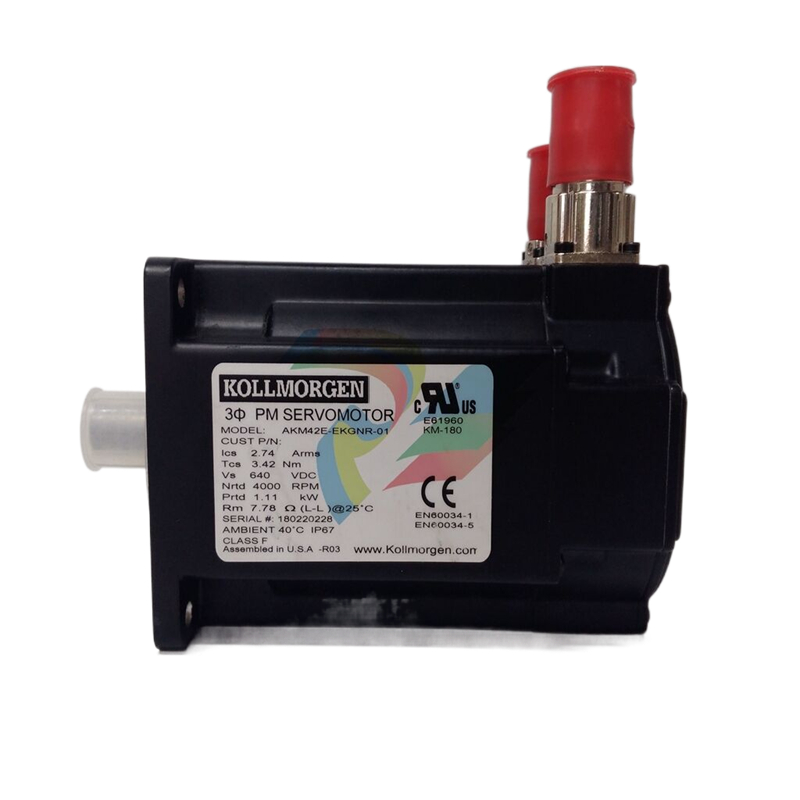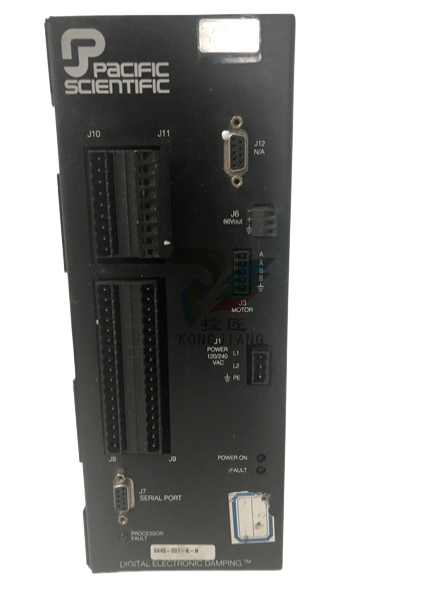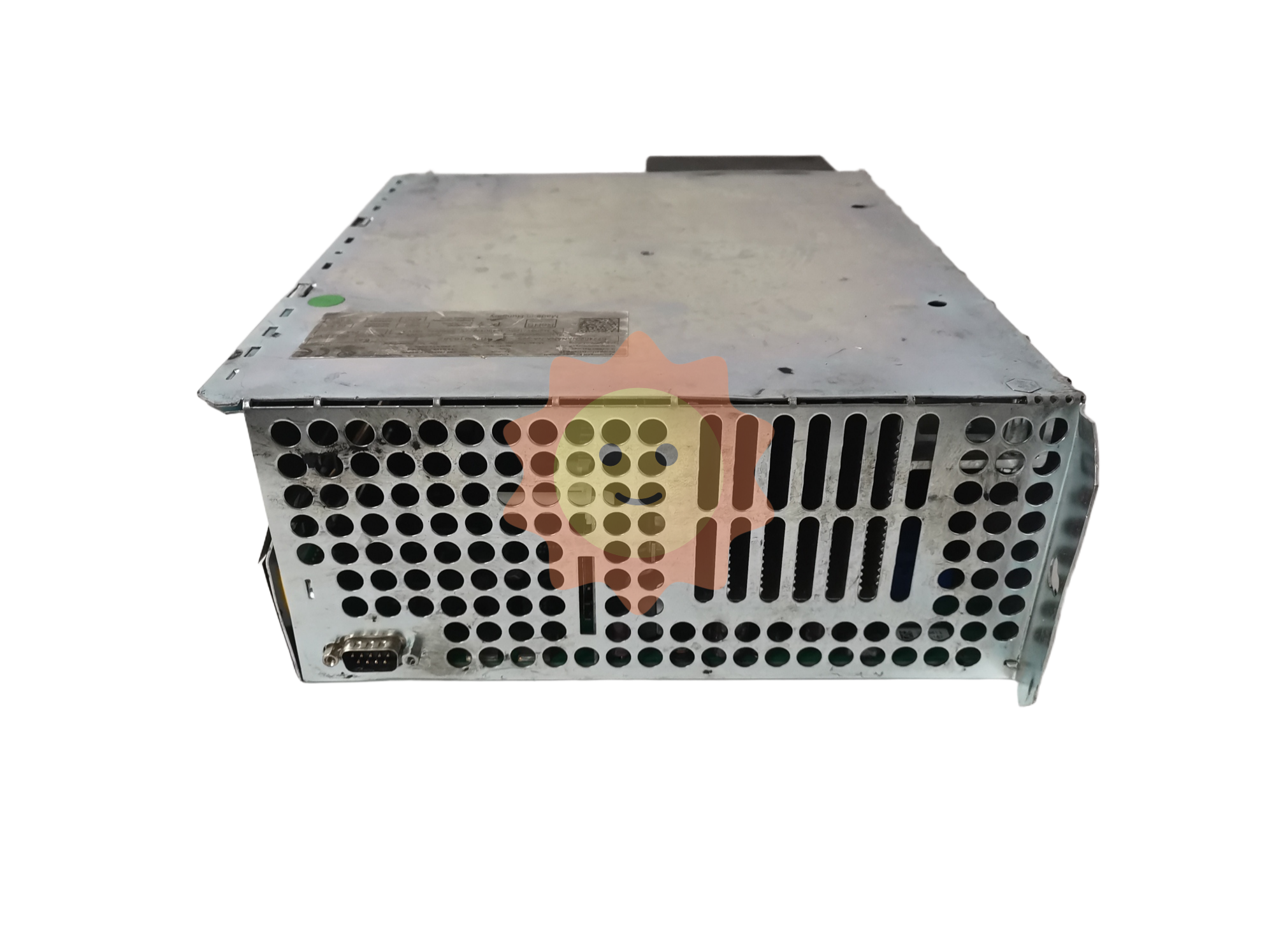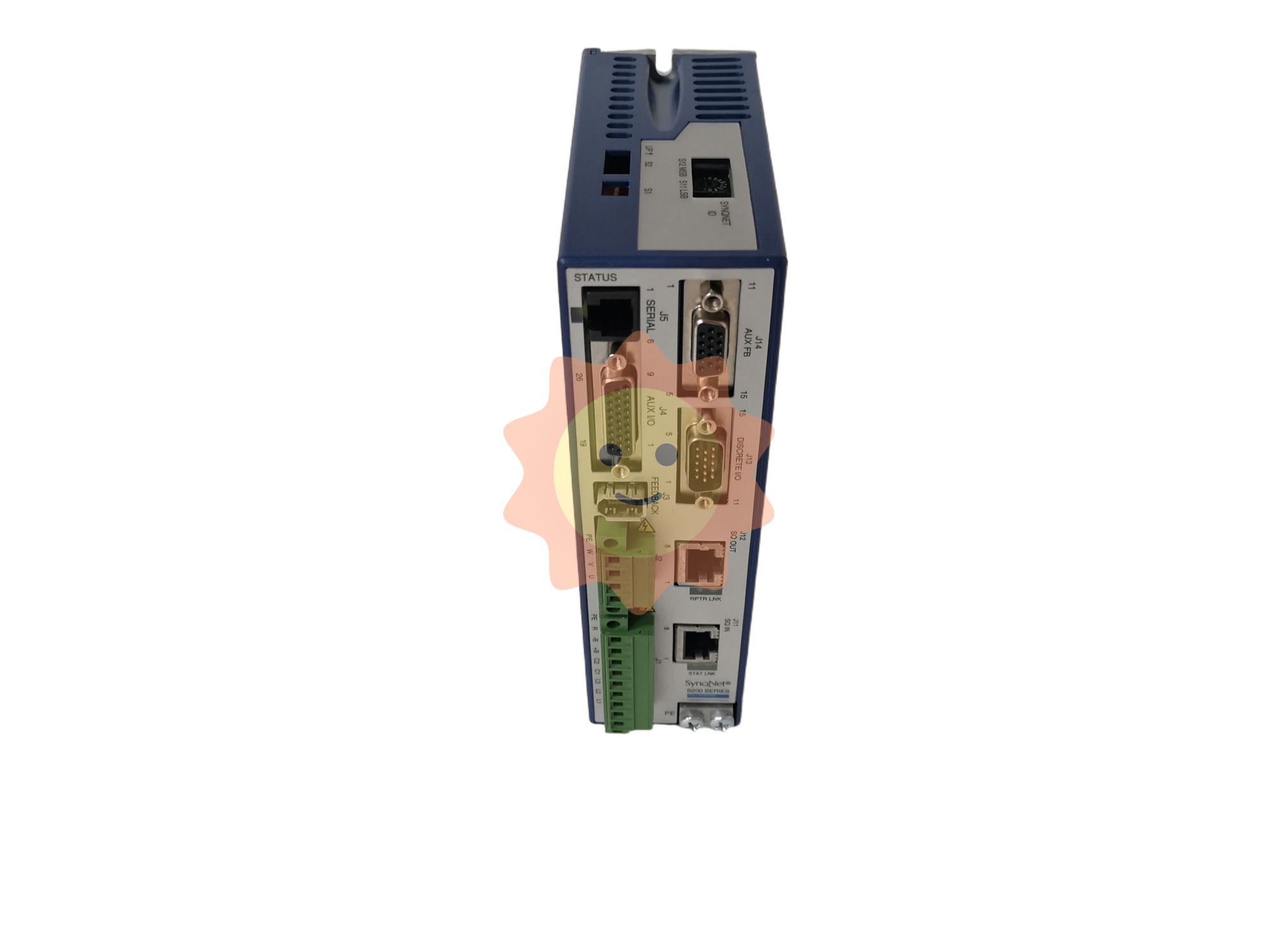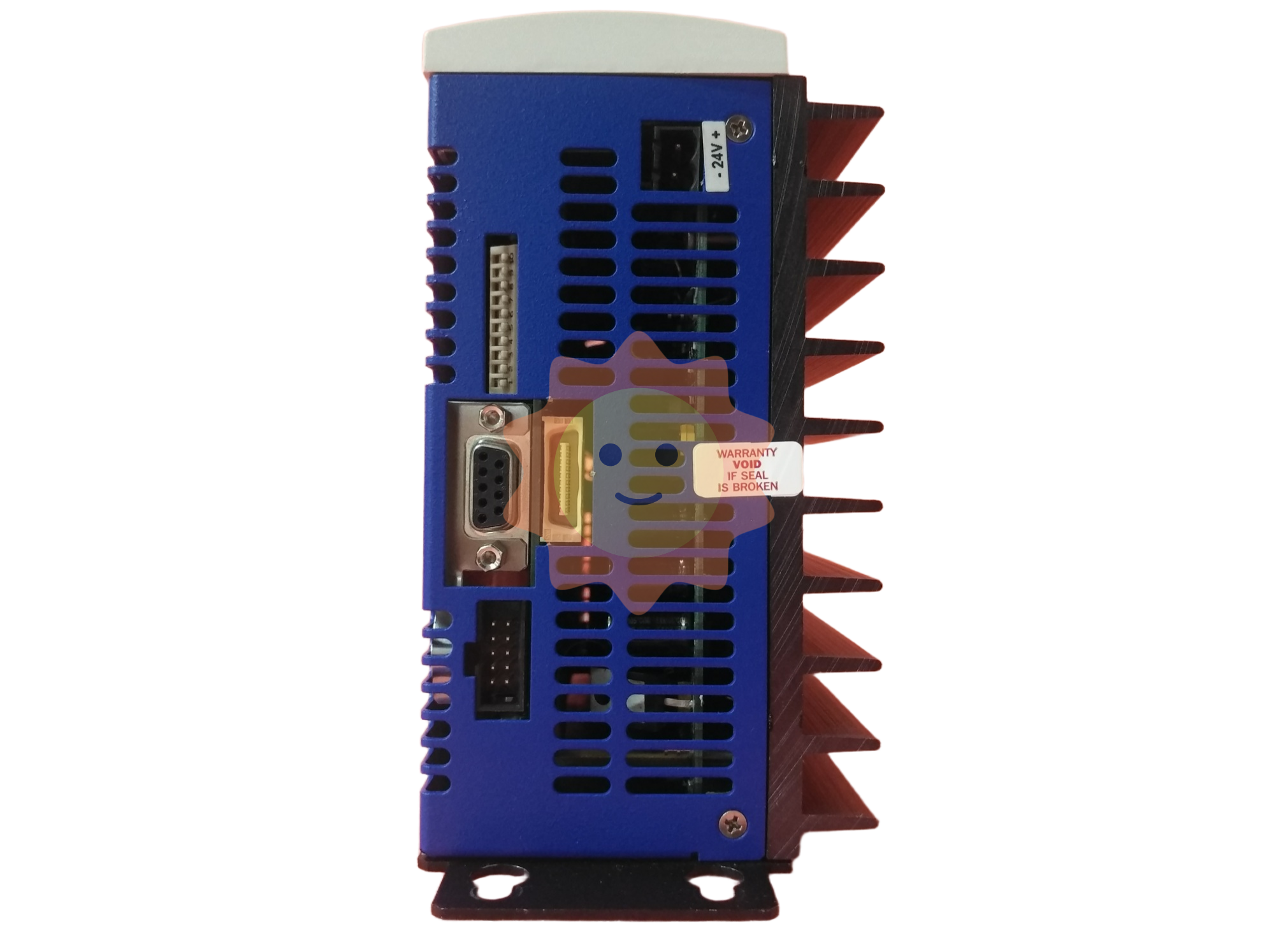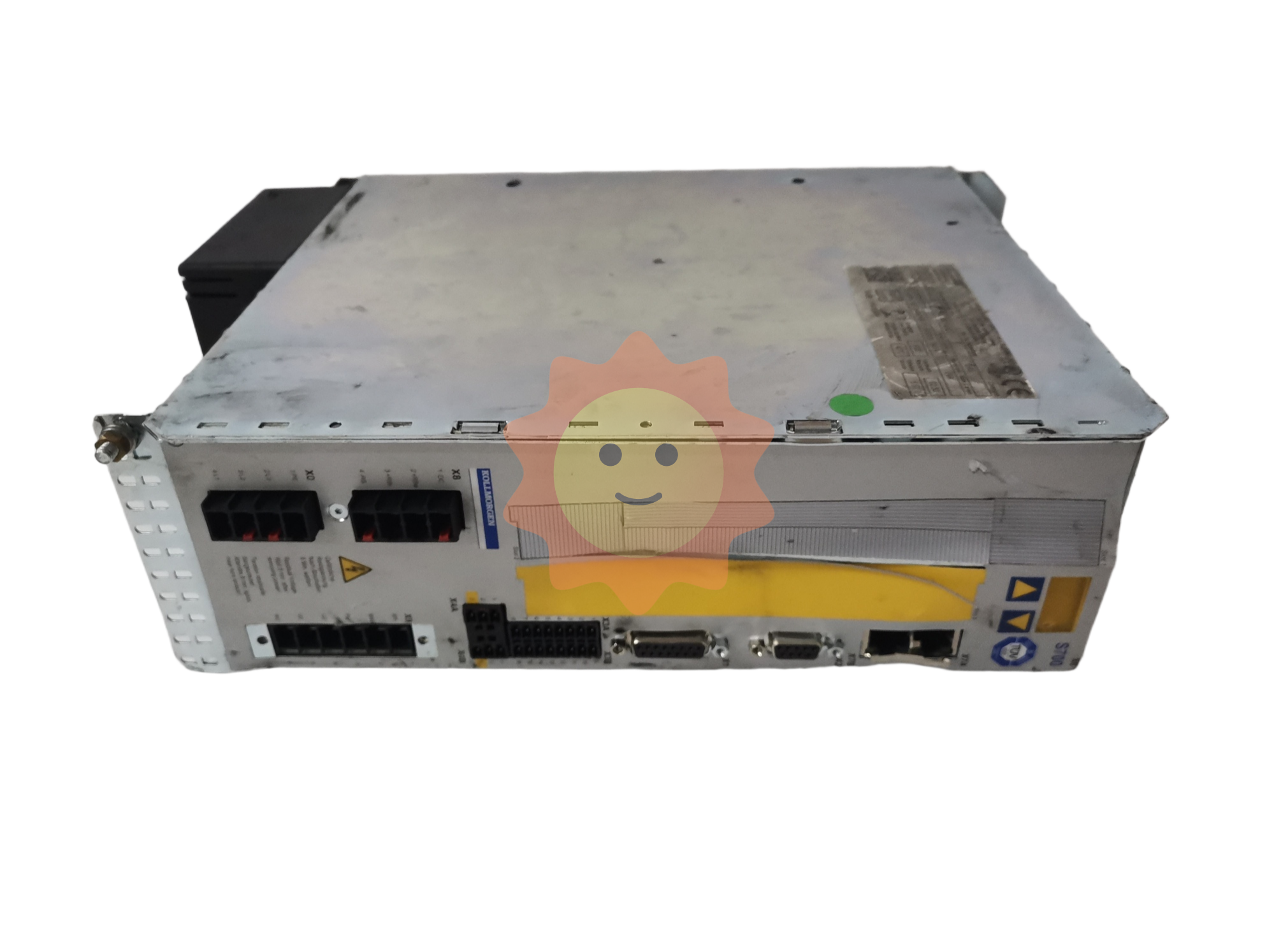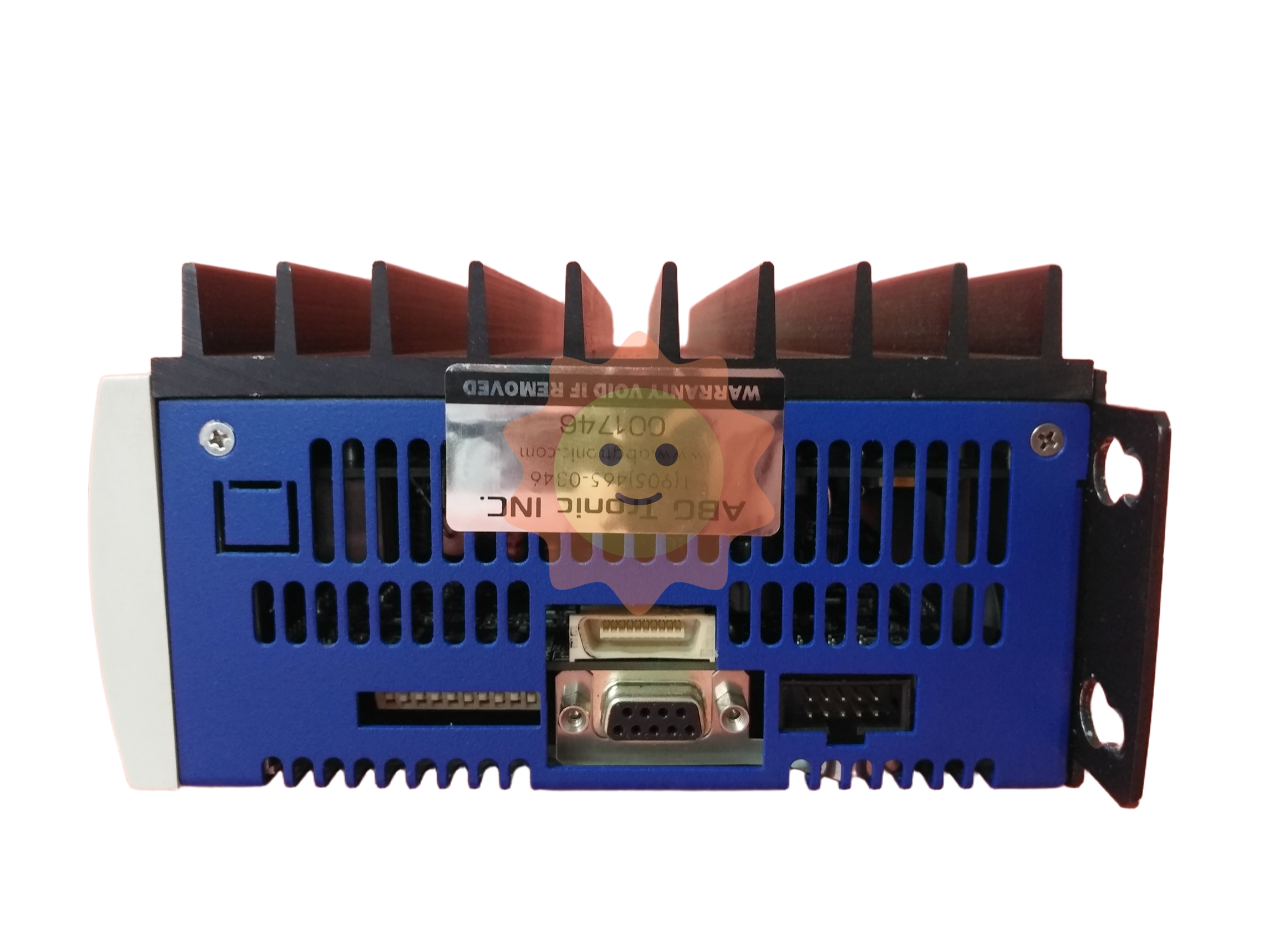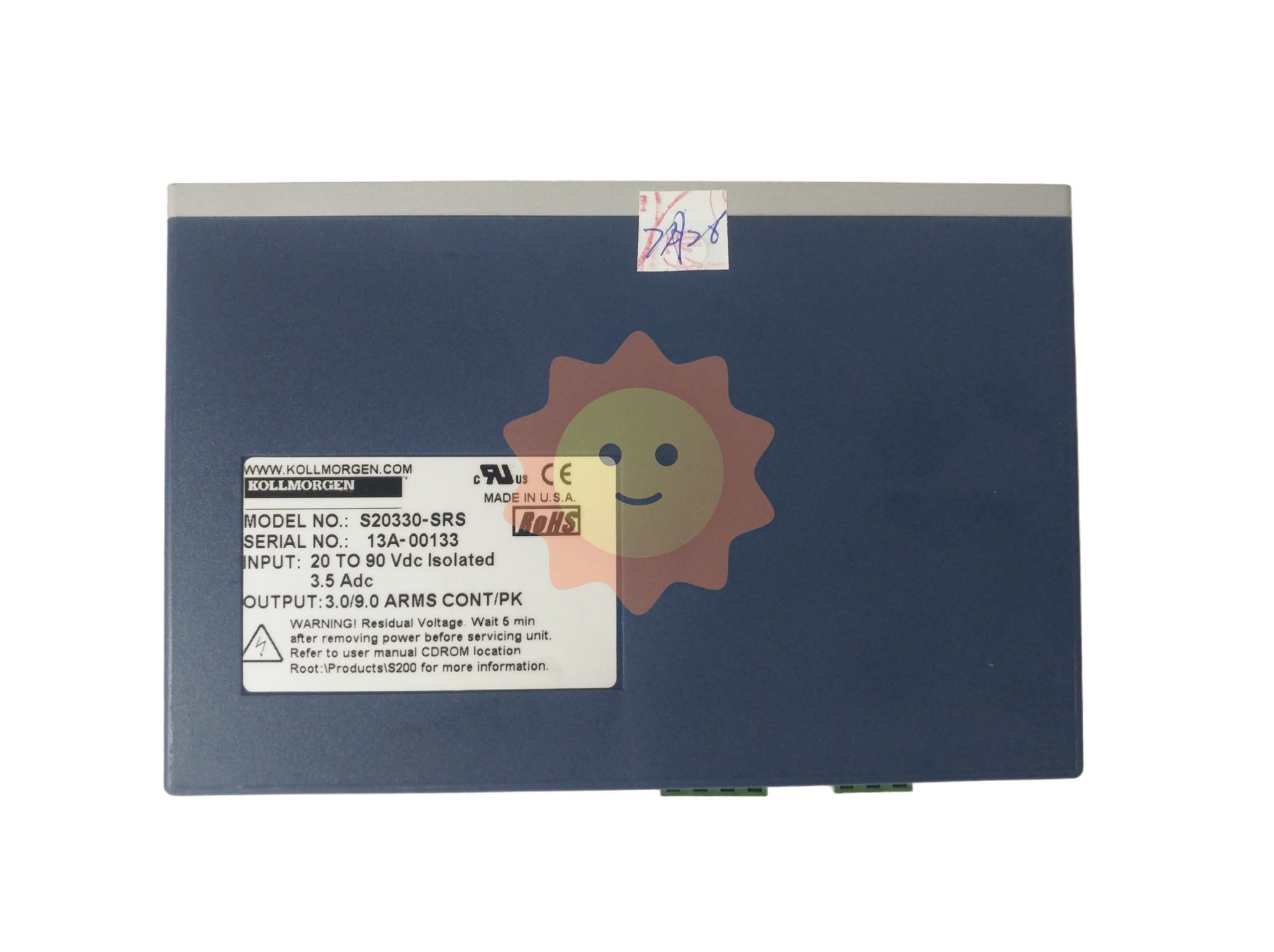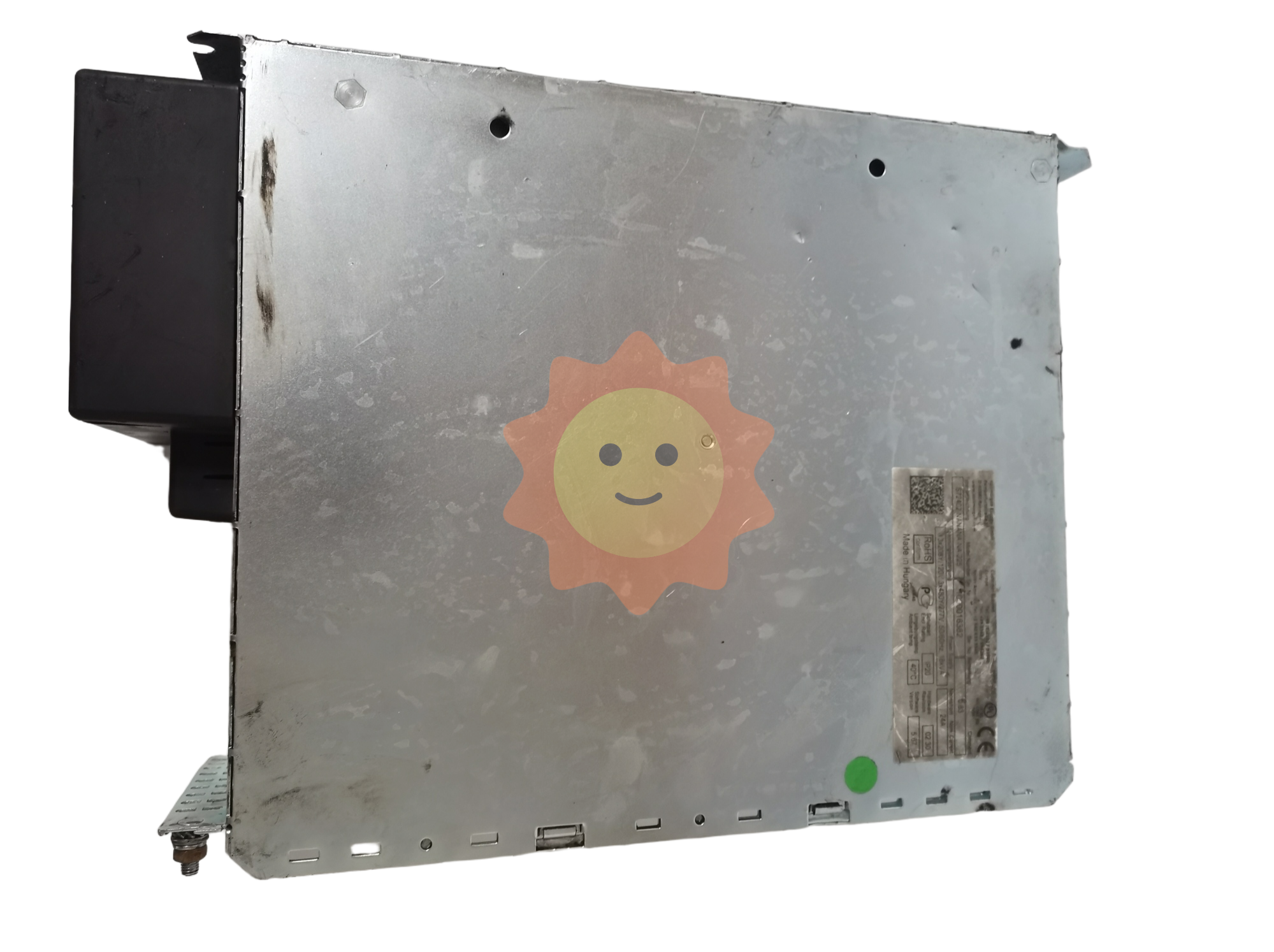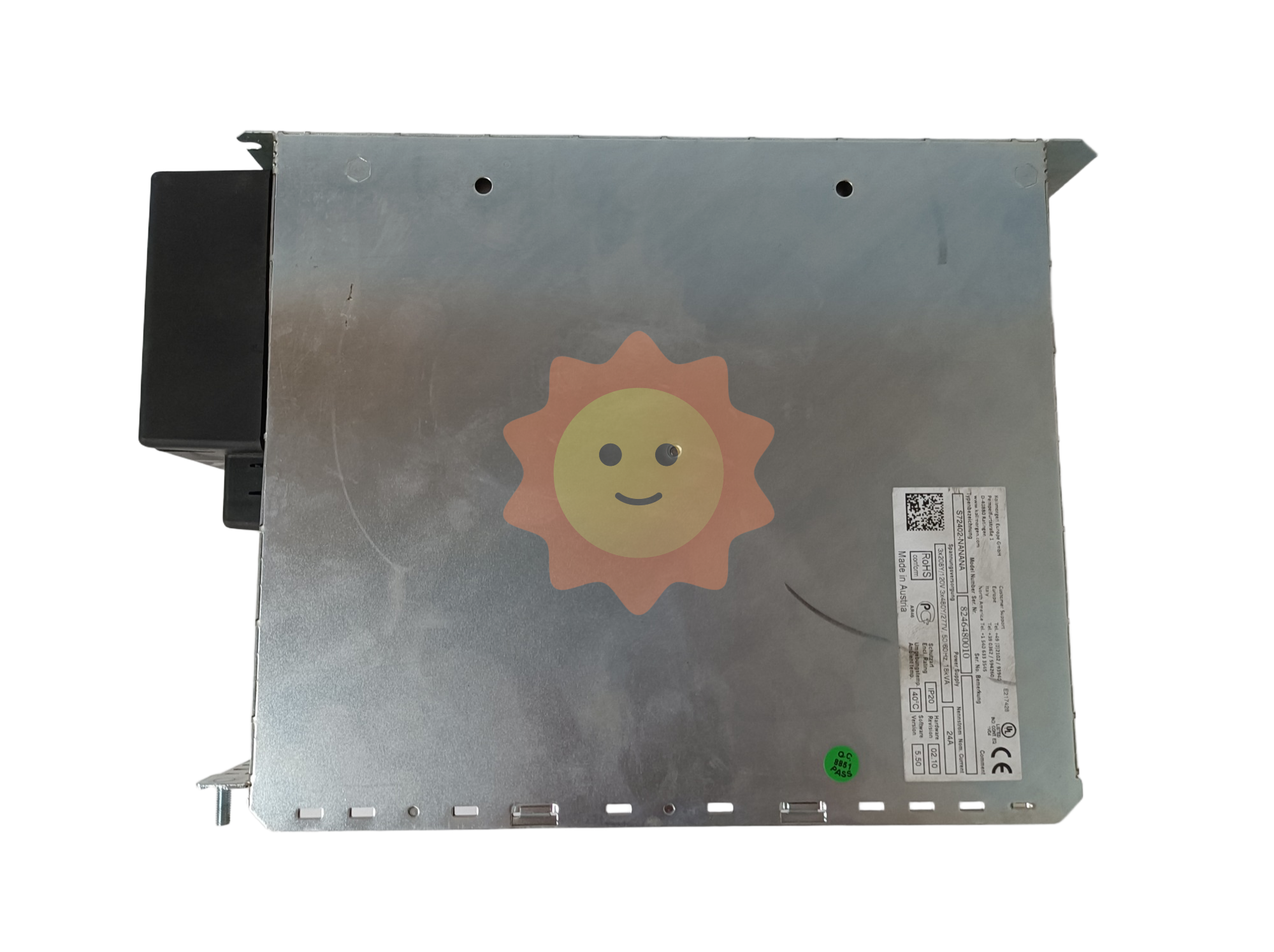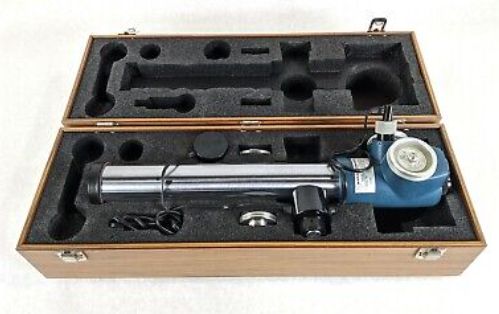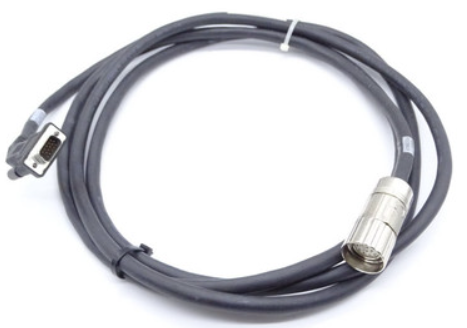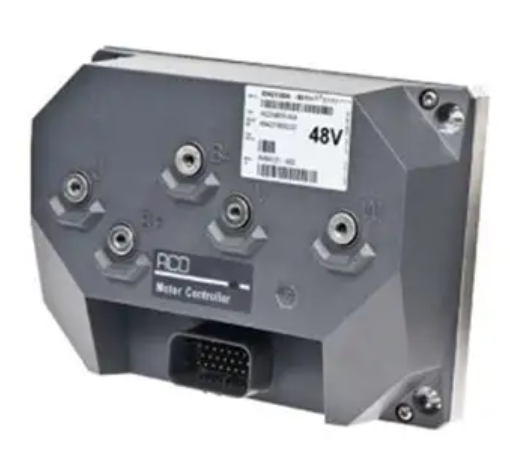Review and prospect of world shipbuilding industry in 2022
I. Review and prospect of the world shipbuilding market
(1) Overall shipbuilding market
In 2022, the impact of the COVID-19 pandemic will still be felt, and the vulnerability of the world economy will become more prominent. Affected by the Russia-Ukraine conflict, geopolitical tensions and multiple crises such as food and energy, human development is facing major challenges, and the world has entered a new period of turbulence and change. According to the OECD's Economic Outlook report released in November 2022, the global economy is expected to grow by 3.1% in 2022, slow to 2.2% in 2023, and grow by 2.7% in 2024. Driven by long-term factors such as the dramatic changes in the structure of maritime trade, the acceleration of green transformation, and the gradual clarity of international rules, and the impact of short-term factors such as increasing global risks, slowing economic growth, and complex and severe financial environment, the global shipping industry has generally shown a slow recovery trend, but market volatility and uncertainty have increased in the short term.
The World new ship price index in 2022 moved sideways at a high level after the rapid growth in 2021, and the new ship price index at the end of the year was 162 points, an increase of 5.88%. The changes of the world new ship price index in recent years are shown in Figure 1. The three major indicators of the world shipbuilding industry generally show a trend of "one rise and two falls". Among them, shipbuilding completed 75.02 million deadweight tons and 27.51 million revised gross tons, down 13.5% and 17.2% respectively compared with the same period in 2021; New orders were 76.27 million deadweight tons and 39.11 million revised gross tons, down 44.3% and 26.2% respectively. At the end of the year, the hand-held orders were 223.97 million deadweight tons and 98.12 million revised gross tons, an increase of 25.4% and 23.2% respectively. Shipbuilding completion and new orders have declined significantly, and hand-held orders have increased significantly, reflecting that in 2022, shipbuilding enterprises are still affected by external conditions such as the epidemic situation, and there is resistance to resuming work and production, and under the background of strong macroeconomic uncertainty, shipowners' enthusiasm for placing orders to build new ships is relatively low. The second-hand boat market is more active (see chart 2). In recent years, China's ship repair load ratio (revised gross ton/deadweight ton, usually used to compare the proportion of high value-added ship types under different units) has increased, manufacturing capacity has continued to optimize, and the core ship allocation market has made certain progress. In the future, under the background of increasingly strict emission standards and the replacement of traditional ship fuel, large ship enterprises need more reasonable business strategies to cope with the fierce competition in the new situation.
From the perspective of the global shipbuilding competition pattern, China, Japan and South Korea are still mainly dominated by the three countries (see Table 1), and the market share of Europe and other emerging shipbuilding countries such as Vietnam and the Philippines is low. In terms of deadweight tons, the sum of shipbuilding completed by China, Japan and South Korea, the sum of new orders received and the sum of hand-held orders in 2022 accounted for 97.3%, 95.2% and 95.2% of the world, respectively. In terms of revised gross tonnage, the overall share of China, Japan and South Korea reached 89.6%, 94.0% and 84.8% of the world, respectively. From the perspective of the competitive situation of China, Japan and South Korea, the "three-pillar" pattern still exists, and China's three major indicators, whether calculated by deadweight tons or revised gross tons, maintain a leading position in the world. It is worth noting that from the perspective of new orders, Japan's market share has decreased significantly, and South Korea has obtained the vast majority of LNG carrier orders, and its revised gross tons of new orders account for a relatively high proportion.

(2) subdivide the ship type market
1. Oil tankers: Orders for new ships fell to a record low
Deliveries of new tankers in 2022 remained flat, but orders for new vessels continued to decline, as shown in Figure 3. Clarkson statistics show that the number of new orders received by oil tankers has fallen to the lowest level since 1996, and the future supply and demand relationship needs to be improved, especially the VLCC, Suez type oil tankers have no new orders for a consecutive year, and the new capacity of Afra type new ship orders is extremely limited. In 2022, global tanker orders totaled 6.44 million deadweight tons, down 71.1% year-on-year; Shipbuilding completed 27.61 million DWT, an increase of 6.9 per cent. In the short term, the oil price is still the primary factor affecting the tanker market, in the escalating conflict between Russia and Ukraine, European and American sanctions continue to increase, OPEC+ production reduction policy, international oil prices remain high, which will have a broad and profound impact on the global tanker transport market.
2. Bulk carriers: The new shipbuilding market remains at a historically low level
New bulk carrier orders saw a significant rebound in 2021, but returned to 2020 levels again in 2022. In 2022, global bulk carrier orders reached 20.86 million DWT, down 59.1% from 2021; Shipbuilding completions were 28.89 million DWT, down 24.3 per cent year-on-year, as shown in Figure 4. Due to the slowdown in demand, the recovery of the supply chain, the impact of the epidemic, global inflation and other uncertainties continue to affect the global economy, bulk carrier orders in 2022 performance is relatively depressed, although in the middle of the year in the Russian-Ukrainian conflict and the European energy crisis stimulated by the bulk carrier orders to usher in short-term growth, but overall still at a historical low. It is expected that in the future, with the existing ship Energy Efficiency Index (EEXI) and carbon intensity Index (CII) two new environmental regulations coming into effect in January 2023, bulk carrier companies will maintain a positive attitude towards market supply and demand in 2023, and market conditions will have the opportunity to stabilize.
3. Container ships: The container ship market is gradually falling from its peak
Clarkson data shows that as of December 20, 2022, global maritime container trade volume was 201 million TEU in 2022, down 3.2% from 208 million TEU for the whole of 2021, as shown in Figure 5. In addition, overcapacity has also emerged. Global container ship new ship orders for 2022 were approximately 2.58 million TEU, down 40.6% year on year; Shipbuilding completions were 878,000 TEU, down 19.4% year-on-year. From the perspective of development trend, with the continuous changes of the transportation market and the increasing perfection of container technology, the demand for containers in the future will also show diversified and complicated characteristics, and the technical level will show a trend of intelligence and standardization. In terms of ship type, with the decline of shipowners' demand for capacity replacement of large and very large container ships and the impact of anti-globalization and geopolitical conflicts, the global ocean-going international trade has slowed down relatively, and regional trade in North America, Asia-Pacific and other regions has increased, and the demand for medium-sized container ships has increased. In addition, the international maritime community represented by IMO has paid increasing attention to Marine environmental protection in recent years, and clean fuel technology for ships and pollutant emission control technology will also become an important topic of technological innovation for container ships in the next stage.
4. Liquefied natural gas vessels: The new shipbuilding market to achieve volume and price
In 2022, the European energy crisis has driven an exponential increase in LNG carrier demand. With the surge in seaborne LNG demand, European countries have increased LNG floating storage, reducing the available capacity in the market. Globally, orders for the production of LNG vessels have increased sharply. Clarkson data show that the 2022 LNG carrier new ship price index increased from 158.18 points to 175.07 points (see Figure 6), a cumulative increase of 10.7%. New ship orders have doubled, and the volume of new ships in 2022 totaled 168 and 28.63 million m3, an increase of 93.1% and 112.3% over the whole year of 2021, respectively, which is the highest transaction level in history. In terms of contracted shipyards, new ship orders are mainly undertaken by Chinese and South Korean ship companies, and Daewoo Shipbuilding and Marine Engineering, Samsung Heavy Industries, Hudong Zhonghua, and Hyundai Heavy Industries have undertaken more than 90% of global LNG ship orders. At present, the demand for natural gas in emerging economies is strong, the global demand for natural gas continues to increase, and the energy reform combined with the requirements of carbon emission reduction policies has boosted the LNG seagoing volume into a long-term incremental era. Looking ahead to 2023, it is expected that the LNG shipping market and construction market will remain hot.

5. Luxury cruise: The cruise industry has fallen to the freezing point under the impact of the epidemic
The development of the cruise industry is closely related to the transportation industry and tourism industry, and the cruise industry has been hit hard during the global coronavirus spread, with major global cruise markets such as the United States, Germany, the United Kingdom, China, Italy and Canada all experiencing huge losses. From the perspective of the shipbuilding market, there are 6 cruise orders and 320,000 revised gross tons in 2022, which is basically the same as that in 2021, which is a large gap from the historical high in 2019; From the hand orders of shipyards, 65 cruise ships are expected to be delivered in the next five years, of which 26 are expected to be delivered in 2023 (see Figure 7). By the end of 2021, European coastal countries have opened or limited open cruise access, Japan, Singapore, Turkey, the United Arab Emirates, India, Indonesia and other countries and regions in Asia have opened cruise navigation to varying degrees, in addition, most of the North and South America and African countries have opened cruise access. It is expected that in the future, with the gradual stabilization of the global epidemic, the cruise industry will usher in a full recovery.
Ii. Review and Prospect of major shipbuilding countries (economies)
(1) Japan
The Japanese shipbuilding industry has seized the opportunity of a new round of scientific and technological revolution and energy revolution, and actively made efforts to green and low-carbon fields to promote the transformation and development of the shipbuilding industry. On the one hand, the competent departments of the Japanese government have increased policy support and introduced policies such as Expanding shipbuilding exports and Regional Revitalization through the Productivity Revolution of the Maritime Industry (i-Shipping) and Deepening Measures to promote the productivity revolution of the Maritime Industry, which have clarified the key tasks for the development of the shipbuilding industry in the next stage. Through government planning, Japan has incorporated the research and development of green ships into the overall national development strategy, guided the upstream and downstream of the shipping, shipbuilding, supporting and other industrial chains to participate in research and development projects, and better obtained financial support. On the other hand, Japan accelerated the integration and restructuring of the industry, some shipbuilding companies closed their factories and even withdrew from the shipbuilding business, and the development of resources to the stable operation of large shipbuilding companies with advantages, further enhance their scale advantages and industry status, to a certain extent, also eased the fierce competition from the international market.
In the short term, the Japanese shipbuilding industry will continue to carry out work in the following aspects: First, it will continue to promote industrial integration and cooperation, enhance the overall competitiveness of the shipbuilding industry through scale effects, and give full play to the role of financial platforms, encouraging shipbuilding, shipping, supporting, research institutes and other industrial chain upstream and downstream in-depth technology research and development, product application and other cooperation. The second is to vigorously develop zero-emission ships, accelerate the transition to new energy ships and promote commercialization, actively participate in the formulation of international standards and rules related to emission reduction, and reshape the competitiveness of the Japanese shipbuilding industry in the international market.
(2) South Korea
The Korean shipbuilding industry strives for comprehensive policy support from the government and concentrates all policy forces to ensure the global leading position of the Korean shipbuilding industry. In 2022, the Korean government convened a meeting of the Ministry of Trade, Industry and Energy, the Ministry of Employment and Labor, and the Ministry of Strategy and Finance to announce a strategy to ensure the shipbuilding industry's Super Gap, proposing to ensure the global competitiveness of the Korean shipbuilding industry. It will provide comprehensive policy support in many areas, such as technology development, human resources, finance, institutional improvement, industrial chain construction, and cooperation between large and small enterprises. At the same time, it is clear that the policy will strengthen human resources work, and formulate management measures to attract foreign workers on the basis of improving the existing domestic labor system. In terms of financial policies, Korea will strengthen the export competitiveness of the shipbuilding industry by providing financial support such as prepayment guarantees to shipbuilders, providing stable supply of raw materials, and expanding exports of small and medium-sized shipbuilders and auxiliary equipment companies.

According to the clear content of the Strategy to Ensure the Super Gap in the shipbuilding industry, the Korean shipbuilding industry will continue to promote the following aspects in the future: First, continue to seize the dominant position in the market of high value-added vessels such as ultra-large container ships and liquefied gas carriers, promote the localization of the core technology of LNG carriers and the development and application of carbon emission reduction technology and zero carbon emission technology, and complete the demonstration and construction of liquid hydrogen carriers and realize the commercialization. The second is to promote the upstream and downstream of the industrial chain to jointly develop new technologies and new products, especially to give full play to the strength of ship supporting enterprises, and participate in the design, development, construction, marketing, after-sales and other links of new ship types.
(3) China
China's shipbuilding industry has overcome the pressure of the epidemic and made every effort to promote high-quality development in accordance with the overall requirements of "forging long boards, reinforcing weak boards, adjusting structure and strengthening brands". First, consolidate the international market position of superior ship types and continue to expand international market share. In 2022, 12 ship types ranked first in the world in new orders, of which 7 ship types, including container ships, bulk carriers, crude oil carriers, chemical carriers, Marine engineering auxiliary vessels, car carriers and multi-purpose vessels, have a global market share of more than 50%. The second is to continuously improve the competitiveness of ship fittings products, continue to improve the loading rate of domestic supporting equipment such as Marine main engine, Marine boiler, Marine crane, Marine gas supply system (FGSS), and the stability of the industry chain supply chain has been significantly improved. Third, continue to increase the research and development of high-tech vessels, and realize the delivery of a number of high-end vessels such as the world's first 300,000-ton LNG dual-fuel power very large crude oil carrier (VLCC), the world's first 209,000-ton Newcastle LNG dual-fuel power bulk carrier, and China's first 49,900 ton methanol dual-fuel power chemical/refined oil carrier.
In the next stage, China's shipbuilding industry will continue to implement the major strategies of accelerating the implementation of the country's maritime power, transportation power, shipbuilding power, and accelerate the high-quality development of the shipbuilding industry. On the one hand, firmly grasp the global high-tech ships, green low-carbon ships, intelligent digital ships and other market demand, strengthen the management of the industrial chain, steadily promote the annual production and operation, and go all out to complete the annual delivery target task with high quality. On the other hand, continue to strengthen quality construction, increase Chinese brand publicity and promotion efforts, establish a good image of China's shipbuilding, strengthen the participation in the formulation of international rules and industry standards, and constantly improve the international status and influence.
(4) The European Union
As an important shipbuilding economy in the world, the EU strives to take the initiative in the international rules and norms of the industry, and promotes the "market mechanism reform driven by rules" to lead the development of the industry. In 2021, the European Commission will present a package of 14 legislative and policy proposals (" Fitfor55 ") covering the areas of climate, energy, land use, transport and taxation, including aviation, maritime, automotive and construction. The aim is to ensure that by 2030 EU greenhouse gas emissions are reduced by at least 55% compared to 1990 levels.
- EMERSON
- Honeywell
- CTI
- Rolls-Royce
- General Electric
- Woodward
- Yaskawa
- xYCOM
- Motorola
- Siemens
- Rockwell
- ABB
- B&R
- HIMA
- Construction site
- electricity
- Automobile market
- PLC
- DCS
- Motor drivers
- VSD
- Implications
- cement
- CO2
- CEM
- methane
- Artificial intelligence
- Titanic
- Solar energy
- Hydrogen fuel cell
- Hydrogen and fuel cells
- Hydrogen and oxygen fuel cells
- tyre
- Chemical fiber
- dynamo
- corpuscle
- Pulp and paper
- printing
- fossil
- FANUC
- Food and beverage
- Life science
- Sewage treatment
- Personal care
- electricity
- boats
- infrastructure
- Automobile industry
- metallurgy
- Nuclear power generation
- Geothermal power generation
- Water and wastewater
- Infrastructure construction
- Mine hazard
- steel
- papermaking
- Natural gas industry
- Infrastructure construction
- Power and energy
- Rubber and plastic
- Renewable energy
- pharmacy
- mining
- Plastic industry
- Schneider
- Kongsberg
- NI
- Wind energy
- International petroleum
- International new energy network
- gas
- WATLOW
- ProSoft
- SEW
- wind
- ADVANCED
- Reliance
- YOKOGAWA
- TRICONEX
- FOXBORO
- METSO
- MAN
- Advantest
- ADVANCED
- ALSTOM
- Control Wave
- AB
- AMAT
- STUDER
- KONGSBERG
- MOTOROLA
- DANAHER MOTION
- Bently
- Galil
- EATON
- MOLEX
- Triconex
- DEIF
- B&W
- ZYGO
- Aerotech
- DANFOSS
- KOLLMORGEN
- Beijer
- Endress+Hauser
- MOOG
- KB


Email:wang@kongjiangauto.com



